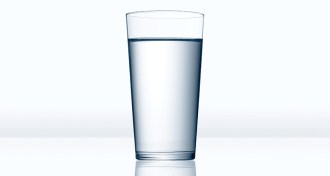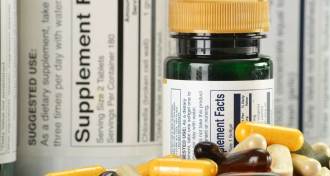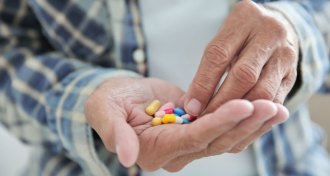Search Results
Martian water challenge
Students will use common materials to design, build and test their own water purification system.
Think before you drink
These discussion prompts ask students about drinking water contaminants and drinking water treatment methods.
Wading through drinking water systems
Students will answer questions based on the Science News article "Drinkability."

Drinkability
This guide covers drinking water contaminants and technologies that may be used to treat drinking water in small communities.

Tainted Supplements Flood the Market
This guide explores dietary supplements available in the United States and the regulations surrounding them.
Pucker up
Students will analyze the amount of a chemical in a dietary supplement.
Get to know your vitamins
These discussion prompts cover the major types of vitamins and their sources, and how vitamin levels impact health.
Evaluating wellness claims
Students will answer questions based on the Science News article "Tainted supplements flood the market."
Gene drive proves it can wipe out mosquitoes
Analyze graphs related to the Science News article "Gene drive wipes out lab mosquitoes."

Transplant Tolerance
This guide reviews several experimental methods that might keep a patient’s own immune system from rejecting a transplanted organ.
Corporeal connections
These discussion prompts ask students to define key science terms relating to immunology and organ physiology, and explore the history of organ transplantation.
Making transplants last
Students will answer questions based on the Science News article "Transplant tolerance."